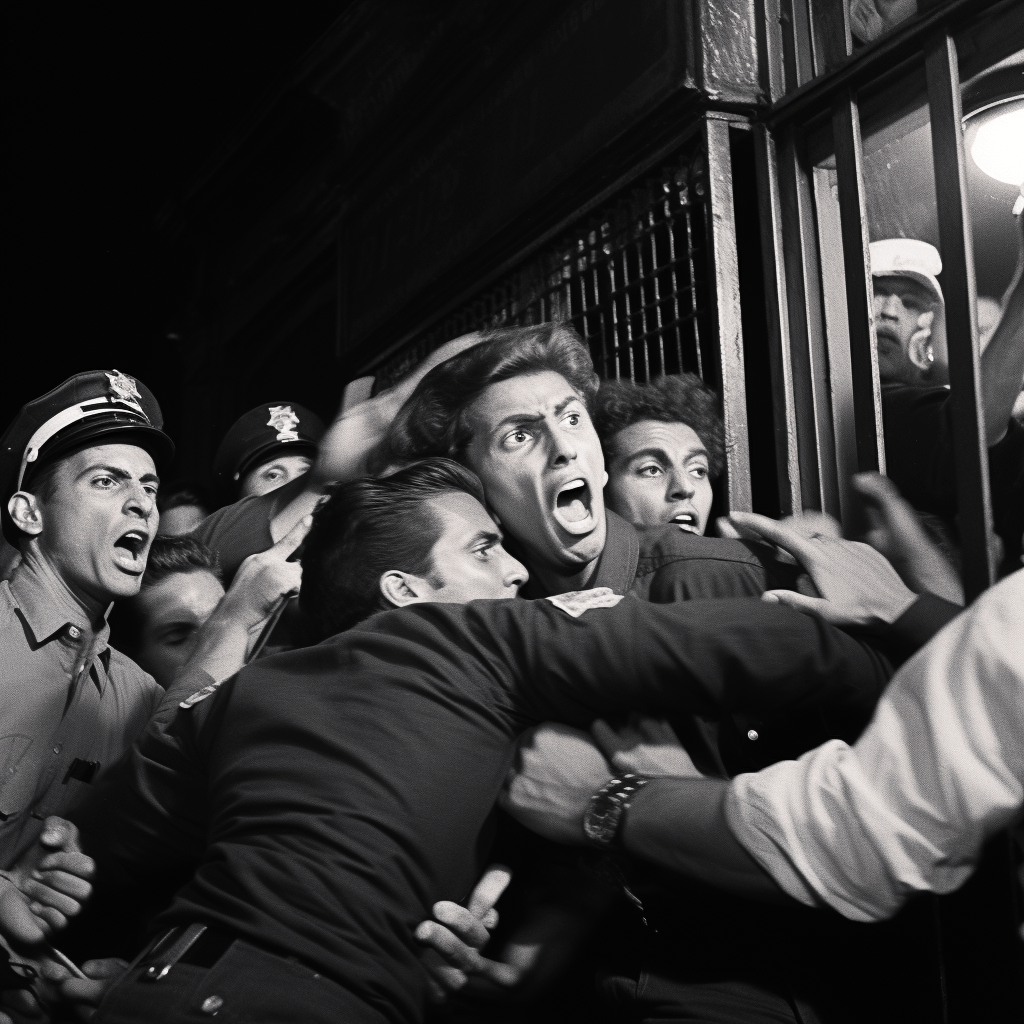If society is an ocean, the collective actions of its people are the currents. In our community, this current is powered by self-discovery, acceptance, and the push for a world that recognizes and respects us for who we are.
Our efforts often go unnoticed in mainstream conversations about LGBTQ+ rights, but our stories are an integral part of this broader narrative.
For the last week of Pride month, this newsletter charts this endeavor for equality, acknowledging the remarkable efforts of men in the fight for LGBTQ+ rights.
The Stonewall Era
When considering the history of the LGBTQ+ rights movement, Lou Sullivan, an openly gay trans man, stands out. In the 1970s and 80s, Sullivan was one of the first men to openly advocate for transgender rights. He penned a diary which encompassed his self discovery, coming out, moving to San Francisco and taking hormones, and his eventual death. Sullivan lobbied the American Psychiatric Association and the World Professional Association for Transgender Health to influence their stance on trans identities.
Around the same time, the Stonewall Riots of 1969 became a turning point for the LGBTQ+ rights movement. The riots are often associated with the emergence of cisgender gay and lesbian activism, but they also sparked a wider discourse about transgender rights. Although historical records do not directly document trans men’s involvement in Stonewall, this era undoubtedly galvanized the trans community and intensified our fight for recognition and rights.

Late 20th Century Activism
The late 20th century saw men become more visible in the fight for LGBTQ+ rights. Robert Eads, a man diagnosed with ovarian cancer, faced numerous healthcare rejections because of his identity. His struggle for appropriate medical care was highlighted in the 2001 documentary, ”Southern Comfort.” This documentary was a stark revelation of the healthcare discrimination trans individuals often experience, prompting further discussion and activism.
Meanwhile, Jamison Green, an activist and author, began his advocacy work in the 1980s. Green’s leadership roles in various organizations, including WPATH and Lou Sullivan’s FTM International, helped mobilize and inspire the trans masculine community. His book, ”Becoming a Visible Man,” eloquently conveyed men’s experiences while including a feminist perspective.
Modern Advocacy & Activism
In the 21st century, trans men continue their vital work in advocacy and activism. The healthcare rights of trans individuals are a key focus, especially following the experiences of people like Jay Kallio. Kallio’s personal encounter with healthcare discrimination led him to become a leading advocate for trans healthcare rights, attending marches and protests even with a fatal diagnosis.
Media representation is another critical area for modern advocacy. Tiq Milan (who we also highlighted last week) - a media consultant, and writer, has been influential in promoting inclusive and accurate depictions of trans men, especially Black trans men, in media.
Visibility is a powerful tool in the fight for rights and acceptance. Aydian Dowling, who made it on the cover of Men’s Health Magazine, uses his visibility to promote LGBTQ+ rights to the broader population. By so thoroughly documenting his transition and fitness journey, he has shown many other men what is possible.

With persistence, courage, and resilience, our fight for rights can cause ripples in history. The stories of Sullivan, Eads, Green, Kallio, Milan, and Dowling are just a few of many that illuminate the tireless push for recognition, acceptance, and equality.
Let us honor these activists by continuing their fight for a world where all people, regardless of gender identity, are recognized, respected, and protected.
Take care,
Your friends at the Sideburn Saloon
